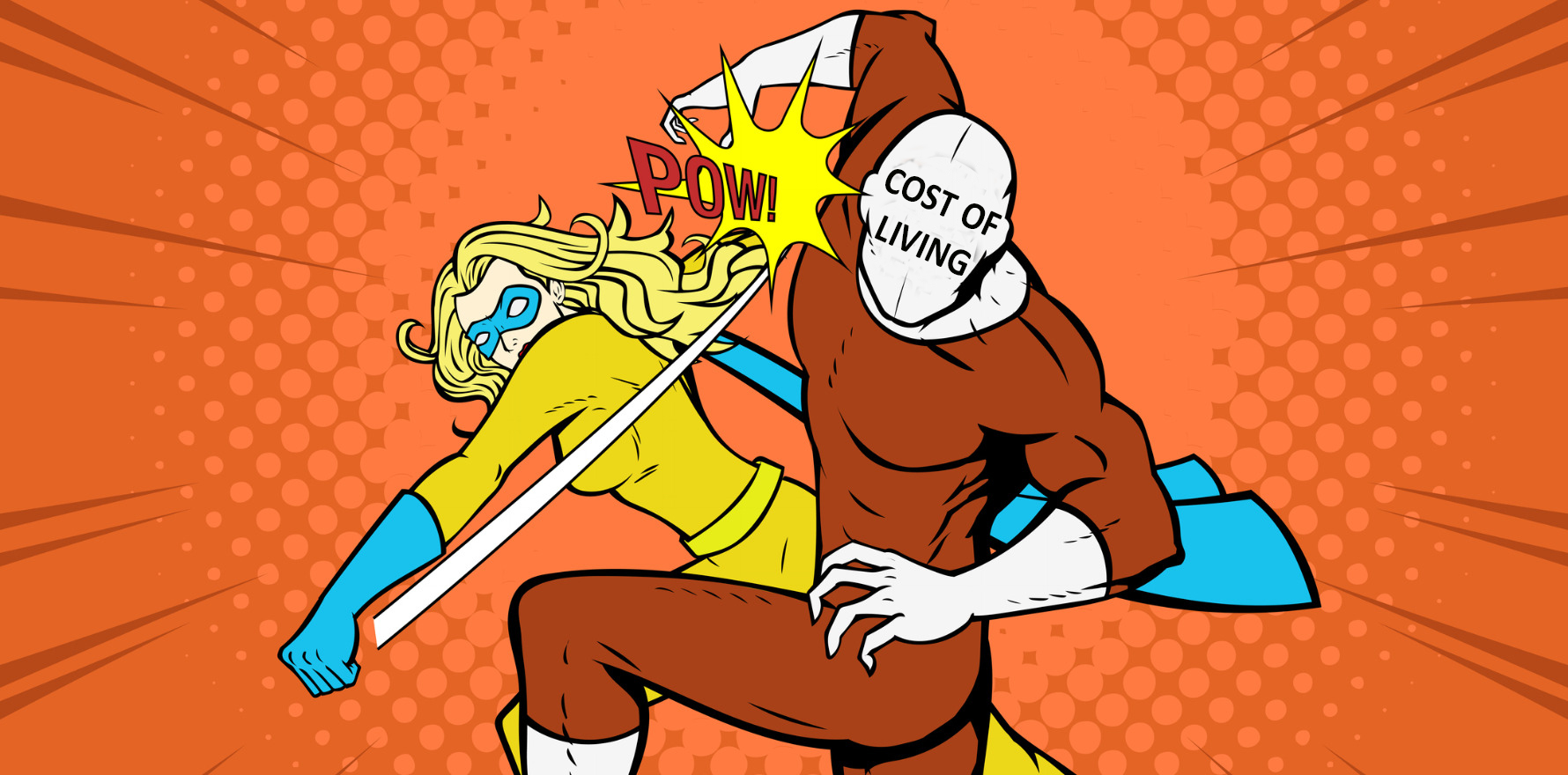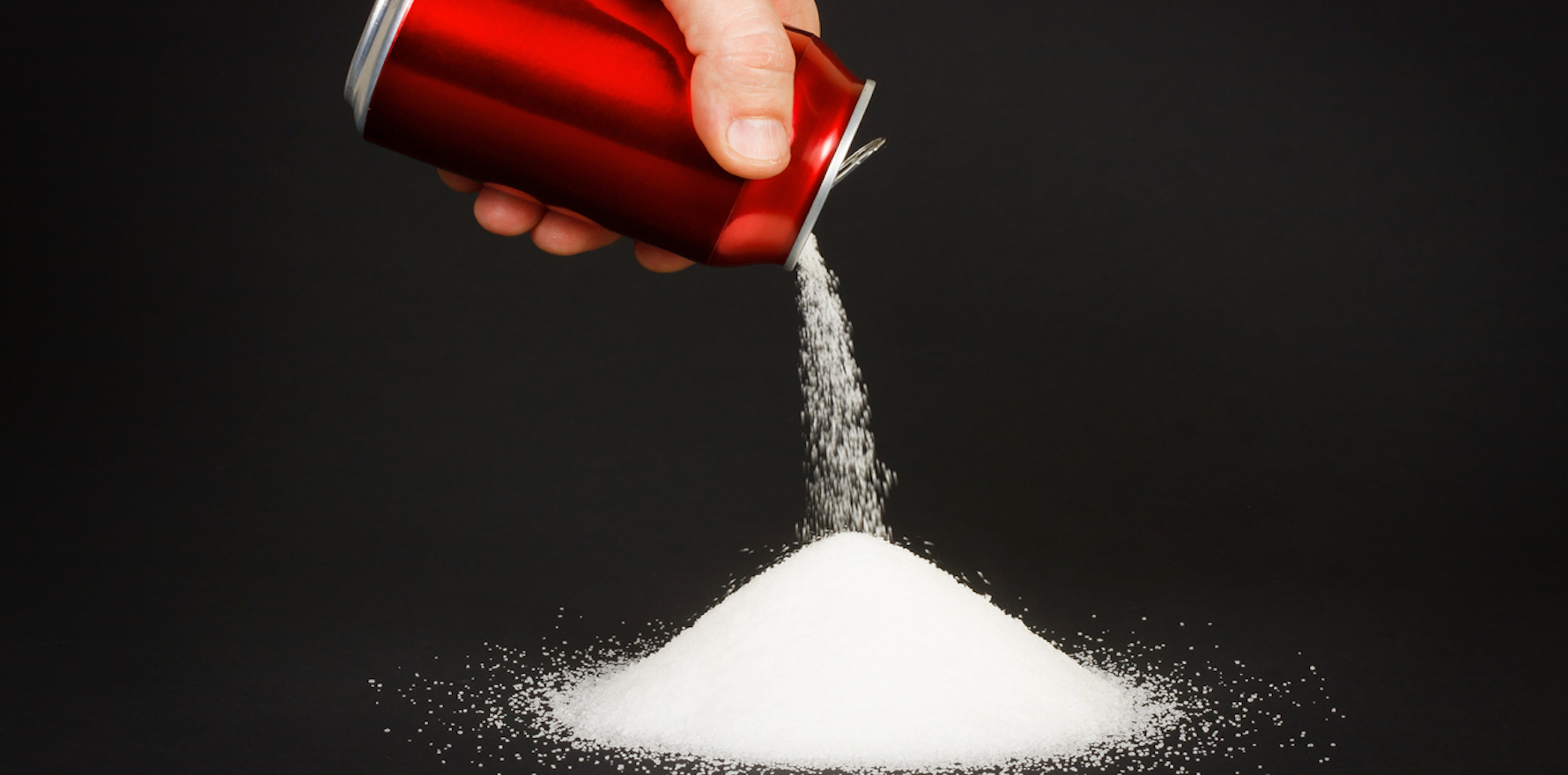Less than 40% of eligible children are getting the subsidised dental work they’re entitled to.
Subsidised dental care for children is available across the country, but only 38% of eligible families take it up, according to the Australian Dental Association.
The ADA says its own data shows nearly 11 in every 1000 children aged between five and nine were hospitalised for a preventable dental condition in 2021-2022. That’s up from 9.5 per 1000 in 2018. For Indigenous children, it was 14 per 1000, up from 11.5.
“That’s thousands of children being hospitalised for preventable oral issues every year. It’s hard to believe in a first world country like Australia, with most people having access to fluoridated water, healthy food and the tools for keeping mouths clean and decay-free that this is still happening – but it is,” said Dr Scott Davis, president of the ADA.
The main preventable condition was tooth decay, an ADA spokesperson told TMR.
“If left untreated it can result in nerve death and consequent infection at the apex of the tooth roots. The infection can spread through tissue spaces causing facial swelling with or without severe or systemic features with the risk of airway obstruction or sepsis,” the spokesperson said.
Children were also being hospitalised for infection from periodontal diseases caused by poor oral hygiene, and traumatic dental injuries which could be prevented by wearing a mouthguard while playing sport.
“These injuries damage primarily the teeth and the bone surrounding a tooth or teeth, which can fracture with trauma,” the spokesperson said.
The Child Dental Benefits Schedule is a federal government program that currently covers up to $1095 over two consecutive calendar years for these basic dental services: check-ups, x-rays, cleaning, fissure sealing, fillings, root canals and extractions. The Services Australia website cautions that some basic dental services are restricted and to check with the dentist providing the service. The program does not cover orthodontic or cosmetic dental work, or any hospital dental services.
Children are included in the program if they are eligible for Medicare, and if they or their parent or guardian receives an eligible payment – Family Tax Benefit, Parenting Payment, Youth Allowance, Disability Support Pension and others – for at least one day of the calendar year. Given the number of eligible payments, many children are likely to fall under the umbrella. Services Australia will send a letter to the family if the child is eligible, but families can also enquire directly.
States also provide additional free or subsidised dental services for children.
In NSW, all children can receive bulk billed treatment, with no gap fee, at local public dental clinics, even if they’re not eligible for the Child Dental Benefits Schedule. There is also the NSW Health Primary School Mobile Dental Program, run through the local health districts for Central Coast, Hunter New England, Illawarra Shoalhaven, Mid North Coast, Murrumbidgee, Nepean Blue Mountains, South West Sydney, Western NSW, Northern NSW and Western Sydney.
In Victoria, public dental services are available to all children up to 12 years of age regardless of family income (they receive priority access), children aged 13-17 if they or their parents have a health care card or pension card, all youth justice clients in custodial care, and all children in department-provided out-of-home care.
In Queensland, children can access dental care at no cost if they are eligible for Medicare and either be older than four but not yet completed Year 10; or be eligible for the Child Dental Benefits Schedule??; or be listed on a Centrelink concession card.
Related
In Tasmania, most services for children are bulk billed.
The Northern Territory provides free dental care for children attending school, and some can receive free orthodontic treatment as well.
Children in the ACT can receive a range of dental services at community health services at no cost if they are under five, or under 18 with a pension or concession card, or under the care of the cleft palate clinic. The latter can also receive some orthodontic services. Those aged 5-14 pay $75.30 per dental treatment plan.
In Western Australia, children aged 5-16 or until the end of Year 11 who attend school can enrol in the School Dental Service program for free general and emergency dental care. Under the age of five, they can receive dental care at a General Dental Service if they’re on a parent’s healthcare card or pension card. There is also a Country Patients Dental Subsidy Scheme for those who don’t live near a public clinic.





